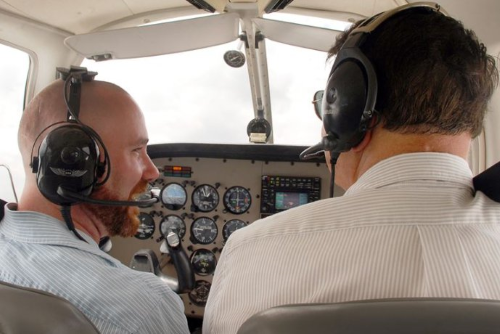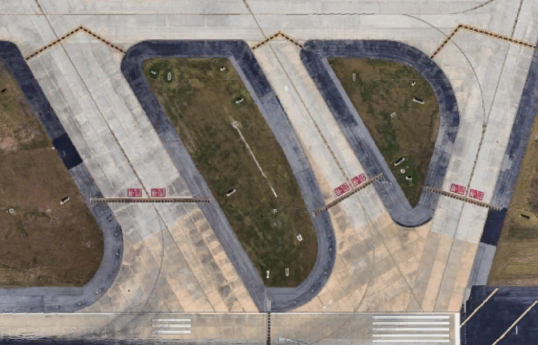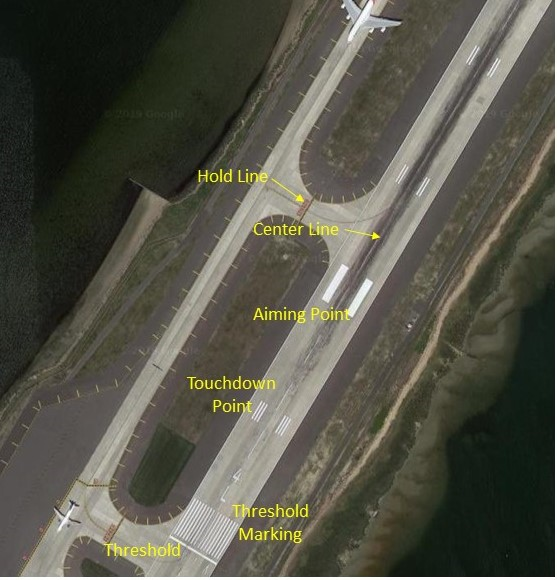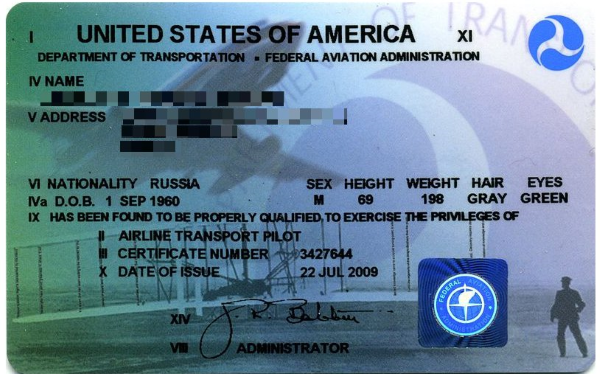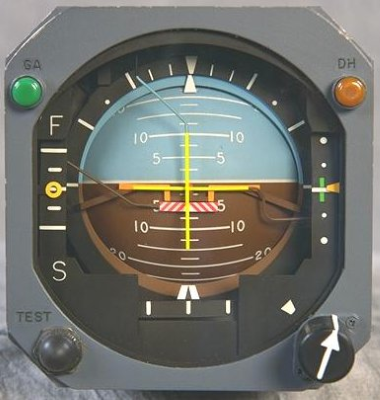To start off this article, we thought it would be important to quote the exact FAA’s requirements for the Biennial Flight Review, or BFR. Here it is below: “Federal Aviation Regulations § 61.56 Flight review. (a) Except as provided in paragraphs (b) and (f) of this section, a flight review consists of a minimum of Read More…
Author: Rob V.
Taxiway Markings, Signs, and Lights Explained
Like runway markings, taxiway markings are standardized throughout the world. A quick look at the layout of Atlanta Hartsfield International Airport demonstrates the need for clear and consistent markings and signs to allow flight crews to navigate to and from any one of the runways. It is important that pilots understand taxiway and runway markings Read More…
Runway Markings Explained
As pilots taxi to or from takeoff or landing, especially at major commercial airports, markings on the taxiways and runways provide important guidance. Under normal operations, this guidance is mandatory, so pilots must recognize and know what these markings mean. Here we describe the runway markings in approximately the same sequence the pilot would see Read More…
Airline Transport Pilot Certificate: 4 Things You Need to Know
In the United States, pilot certification is regulated by the Federal Aviation Administration (FAA). The FAA has various types of pilot ratings depending on logged flight time, experience and type of operation, such as airline travel or carrying persons or cargo for compensation or hire. The highest level of pilot certification available is an Airline Read More…
Instrument Proficiency Check (IPC): IFR Currency Explained
All pilots are subject to flight reviews to check their skills, as well as maintain their privileges to fly. Private pilots through Airline Transport Pilots (ATPs) must undergo a Biennial Flight Review (BFR) or other, often more frequent reviews, to maintain their flight privileges. The Instrument Proficiency Check (IPC) is a flight review for pilots Read More…

